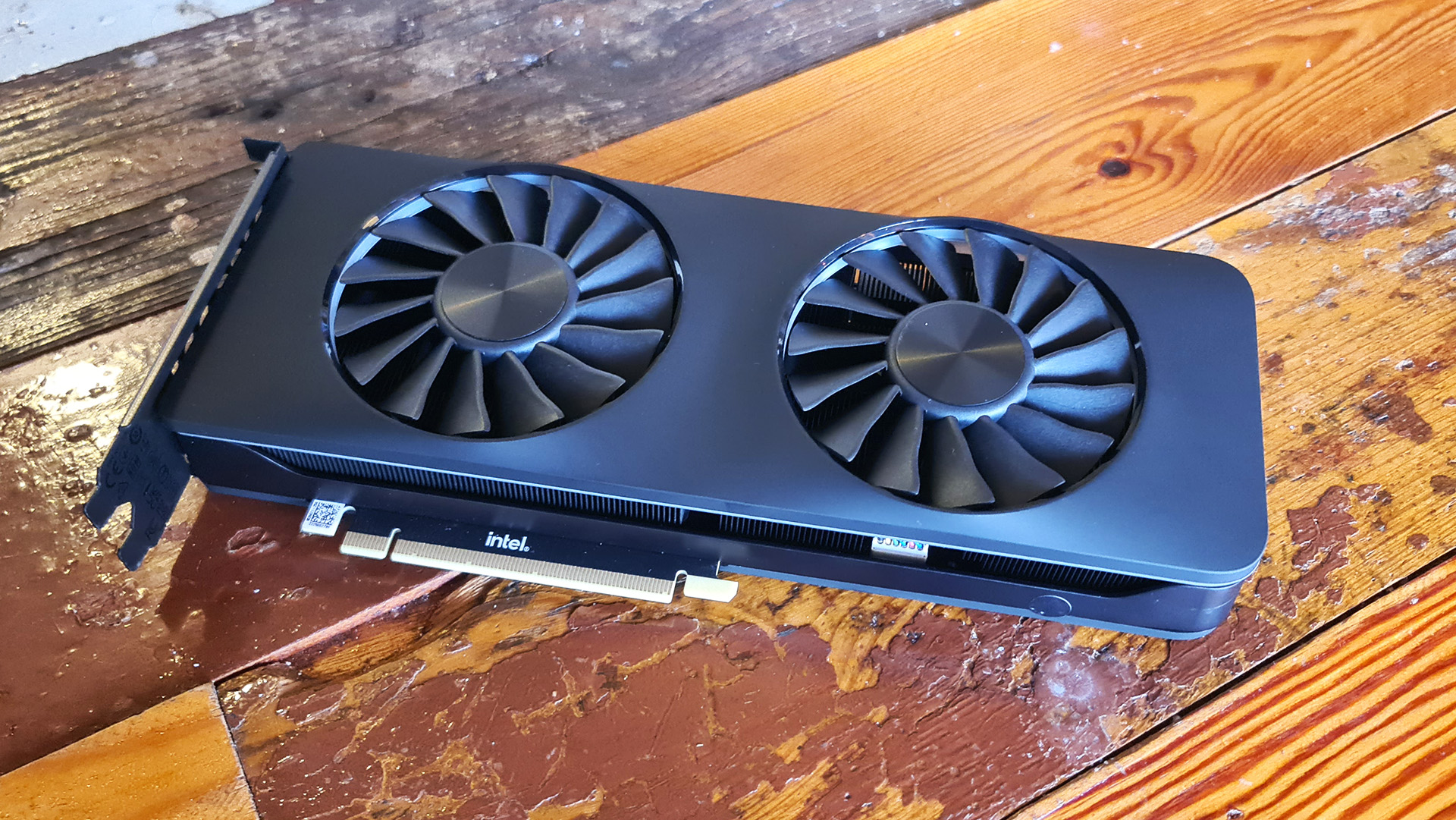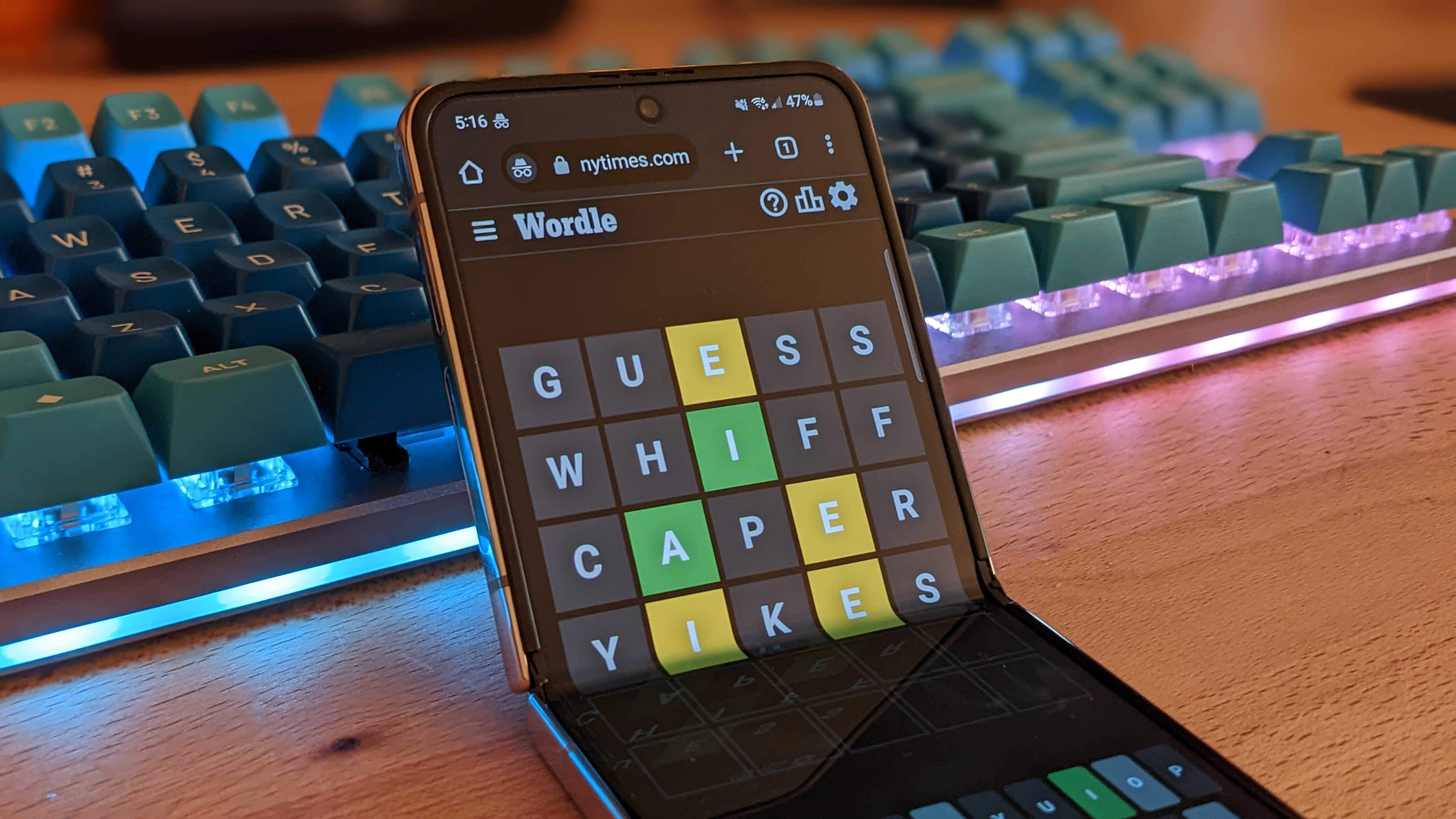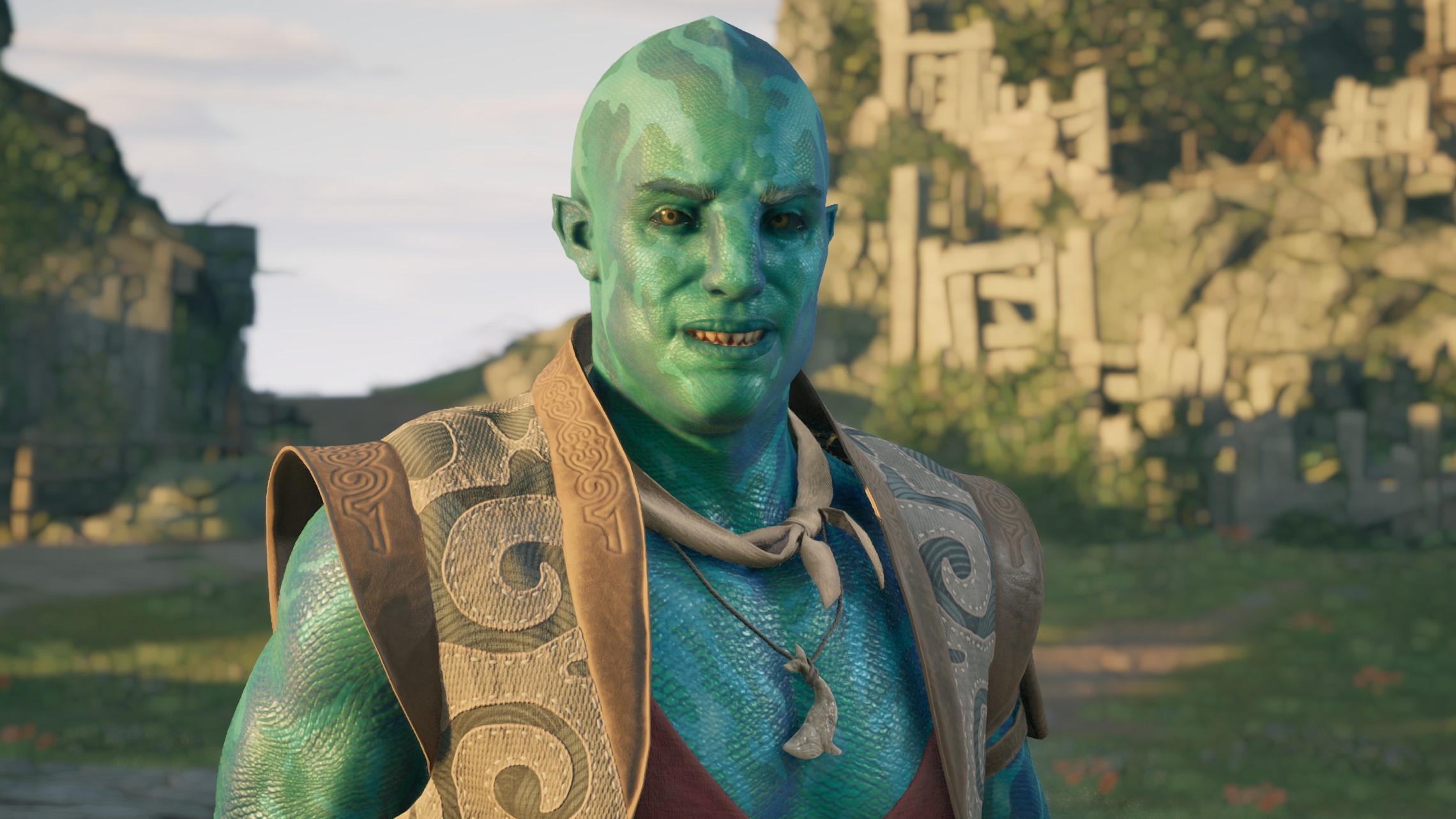
Intel's CEO says 'large' integrated GPUs are the way forward.
Is Intel’s nascent Arc gaming graphics for the chop? That’s now our fear following comments from Intel CEO Pat Gelsinger. Put simply, Gelsinger sees “less need for discrete graphics in the market going forward”. Yikes.
Instead, in last week’s quarterly grilling with the usual Wallstreet suspects, Gelsinger said Intel’s focus with graphics will increasingly become what he described as “large integrated graphics capabilities”. In other words, graphics built into CPUs, not proper gaming graphics cards.
This hardly bodes well for Intel’s Arc gaming graphics roadmaps, which supposedly includes the Battlemage follow up to Intel’s first-gen Arc GPUs, codenamed Alchemist, with the Celestial and Druid generations to follow.
Of course, you could argue that “less need” doesn’t mean no need. But in the context of Intel’s widespread struggles, the brutal cost slashing exercise Gelsinger is currently engaged in including huge staff layoffs, these comments make for ominous reading. It’s certainly hard to imagine that Intel remains committed to that multi-generational discrete gaming GPU roadmap.
Indeed, there have been rumours for some time that Intel’s commitment to Arc has been wavering for some time. But it’s equally possible that the loss of faith in Arc in much more recent.
It’s also worth noting that these “large” integrated GPUs could be interesting in themselves. An integrated GPU with performance on par with a decent mid-range discrete GPU would be something, right? Of course, maybe Gelsigner’s idea of a “large” iGPU is what Intel is already doing with Lunar Lake, in which case it’s all rather less interesting.
Anyway, our best guess is that we’ll still see Battlemage-based gaming graphics cards early in the new year. Most likely, the vast majority of the money needed to bring Battlemage to market has already been spent. Intel might even have a pile of GPUs pre-manufactured and ready to go into cards.
But after that? Maybe there’s a small chance Celestial could be saved if Battlemage proves a real hit with gamers. But it really doesn’t bode well, does it?
Look at this way. Intel’s first Arc GPUs made pretty much zero impact on the market. Now Intel’s CEO sees “less need” for a product category that’s been a near total failure thus far and in which Intel has barely operated.
Moreover, a genuine effort to achieve any significant market share would require a pretty multi-general spend. Even if Battlemage is pretty great, it probably won’t sell in huge numbers. More likely, it will take several generations of compelling GPUs to win mind share with gamers. But it Intel really going to invest in that when its CEO is so pessimistic?
All that said, there’s an intriguing historical twist to all this that could be worth remembering. Gelsinger has some personal baggage when it comes to intel failures with discrete GPUs. The stillborn Intel Larabee project, an earlier attempt as a discrete GPU, was Gelsigner’s baby but was cancelled in 2009.
Best gaming PC: The top pre-built machines.
Best gaming laptop: Great devices for mobile gaming.
Speaking of Larrabee last year Gelsinger said, “we killed the one that would have made all the difference in the world.” The story goes that one of the reasons why Gelsinger left Intel around that time was because he wanted to see Larrabee through but he couldn’t get support from within the company to get that done.
In that context, you might think that Gelsinger could be keen to right the wrongs of Larrabee. But then if he is, why make such a downbeat statement about the very prospects of discrete GPUs. In the end, it’s very hard to put a positive spin on this for the prospects of Intel Arc graphics. They really do not feel long for this world.
All of which has me wondering whether its time for PC gamers to crowdfund an Intel buyout and get Arc graphics back on track. What with Intel’s cratering share price, it might just be doable. What do you say peeps? Are you with me?







